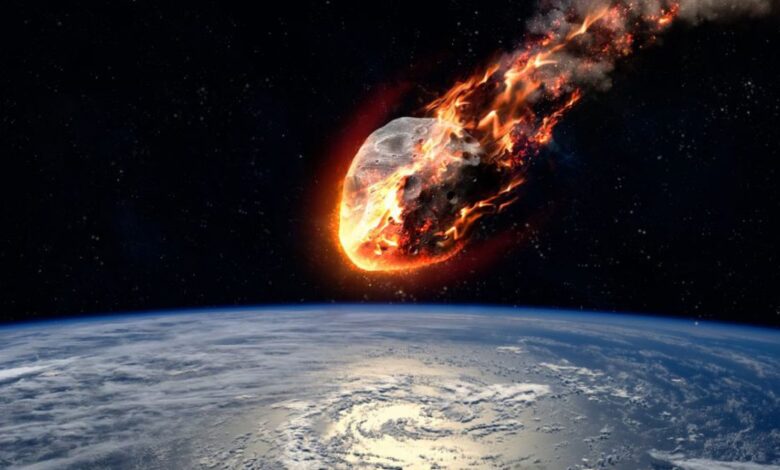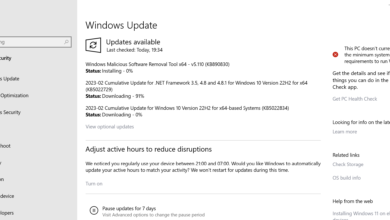Why Don’t We See More Asteroids?

Everyone loves stars but hates the fact that they are disappearing. It wasn’t long ago that astronomers would gaze into their telescopes and assess the sky. One person who wasn’t impressed by this was Christopher Kyba. He was skeptical about the data collected by astronomers, as he claimed it relied on the assessments made by the naked eye.
What Changed?
Christopher’s student wrote to him a few years ago and wanted to measure the sky’s brightness. This prompted Christopher to launch Globe at Night. This was a citizen project launched in 2006. It allowed students to track the stars they saw. When he downloaded and went over the data, his beliefs changed. Christopher has now dedicated his life to studying light pollution and uses data from Globe at Night to show how much it has increased over the years.
How Is the Brightness Tracked?
An astronomy research center in Arizona runs the project. Volunteers are given eight maps of the night sky in their locality. They have to look outside and choose from the map that matches the actual sky they see. They have to pick a map based on the brightness of the faintest star they see.
Volunteers then submit their reports to the website for Globe at Night through any device. In 2011 and 2022, Kyba published his analysis along with his team. The studies revealed an increase in light pollution. The sky was brightened by almost 10% every year. This means the sky’s brightness is almost doubling every decade.
Will We Ever See the Stars and Asteroids?
From the beginning of time, people have loved gazing at the stars and admiring their beauty. This has now changed, and artificial lights from urban areas encroach on our surroundings each day. The volunteers from Globe at Night also noted that the fainter stars are slowly disappearing. While it’s possible that certain areas on Earth are also affected by air pollution, light pollution is one of the major causes of not seeing stars and asteroids.
Kyba says that the best way to solve this problem is turning off lights, but it has to be a large-scale change. However, unlike climate change, this change is not that difficult to make. He advises using only as much light as needed and switching them off when not required. If certain hoardings and streetlights need to stay on, they should be shielded from the sky, or they can point downward to make the stars visible again.
Thank you for being a Ghacks reader. The post Why Don’t We See More Asteroids? appeared first on gHacks Technology News.
gHacks Technology News


